Speakers
Plenary Speaker
Abby Hendershott
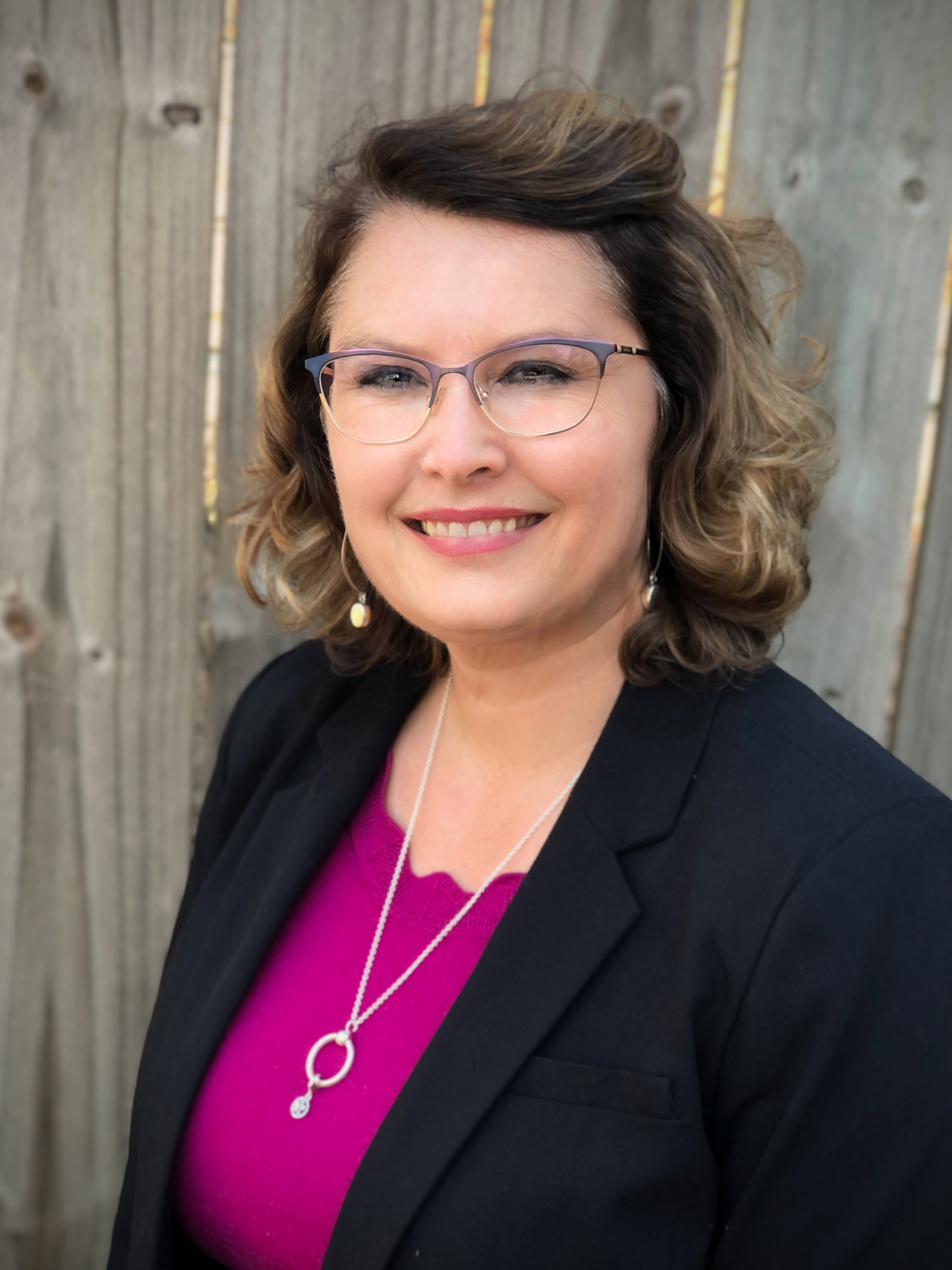
Abigail (Abby) Hendershott, a 30-year veteran of the Michigan Department of Environment, Great Lakes, and Energy (EGLE), is the Executive Director of the Michigan PFAS Action Response Team. MPART is a multi-agency task force charged with investigating PFAS contamination, overseeing clean-up and other response activities aimed at protecting Michigan’s drinking water. Ms. Hendershott has focused on PFAS response activities since 2017 and led the team responsible for Michigan’s largest PFAS contamination response to-date, the investigation into the former Wolverine Worldwide tannery in Rockford. In that role, her team was responsible for a $113 million legal settlement establishing clean-up plans and municipal water connections for thousands of residents in northern Kent County. She supervised the Remediation and Redevelopment Division’s Grand Rapids district office and has more than 25 years of project management experience for complex environmental remediation projects. Ms. Hendershott has a B.S. in Resource Development from Michigan State University and is a graduate of the Michigan State Great Lakes Leadership Academy.
Diana S. Aga
Diana S. Aga is a SUNY Distinguished Professor and Henry Woodburn Professor of Chemistry at the University at Buffalo (UB); She is currently the Director of UB RENEW (Research and Education in Energy, Environment and Water) Institute. She is an expert in developing trace analytical methods for organic contaminants in complex environmental matrices based on chromatography and mass spectrometry. She is interested in developing methods for non-target analysis of unknown chemicals of emerging concerns, especially in identifying degradation products and novel forms of per- and polyfluoroalkyl substances (PFAS). Her research includes evaluating the efficiencies of various advanced biological, physical, and chemical treatment processes in removing PFAS, pharmaceuticals, antimicrobials, and antibiotic resistance genes in municipal wastewater treatment plants, and in the agroecosystems. She is also involved in studies assessing bioaccumulation and toxicity of contaminants in humans, fish, and wildlife.
Hunter Anderson
 Dr. Hunter Anderson is a Subject Matter Expert for the Environmental Restoration program area of SERDP and ESTCP. Prior to this, he provided technical support for the Air Force Civil Engineer Center since 2010 in the areas of emerging contaminants, environmental engineering, environmental toxicology, and quantitative data analyses. Hunter received his doctoral degree in Environmental Chemistry from The Ohio State University.
Dr. Hunter Anderson is a Subject Matter Expert for the Environmental Restoration program area of SERDP and ESTCP. Prior to this, he provided technical support for the Air Force Civil Engineer Center since 2010 in the areas of emerging contaminants, environmental engineering, environmental toxicology, and quantitative data analyses. Hunter received his doctoral degree in Environmental Chemistry from The Ohio State University.
Brandon Armstrong
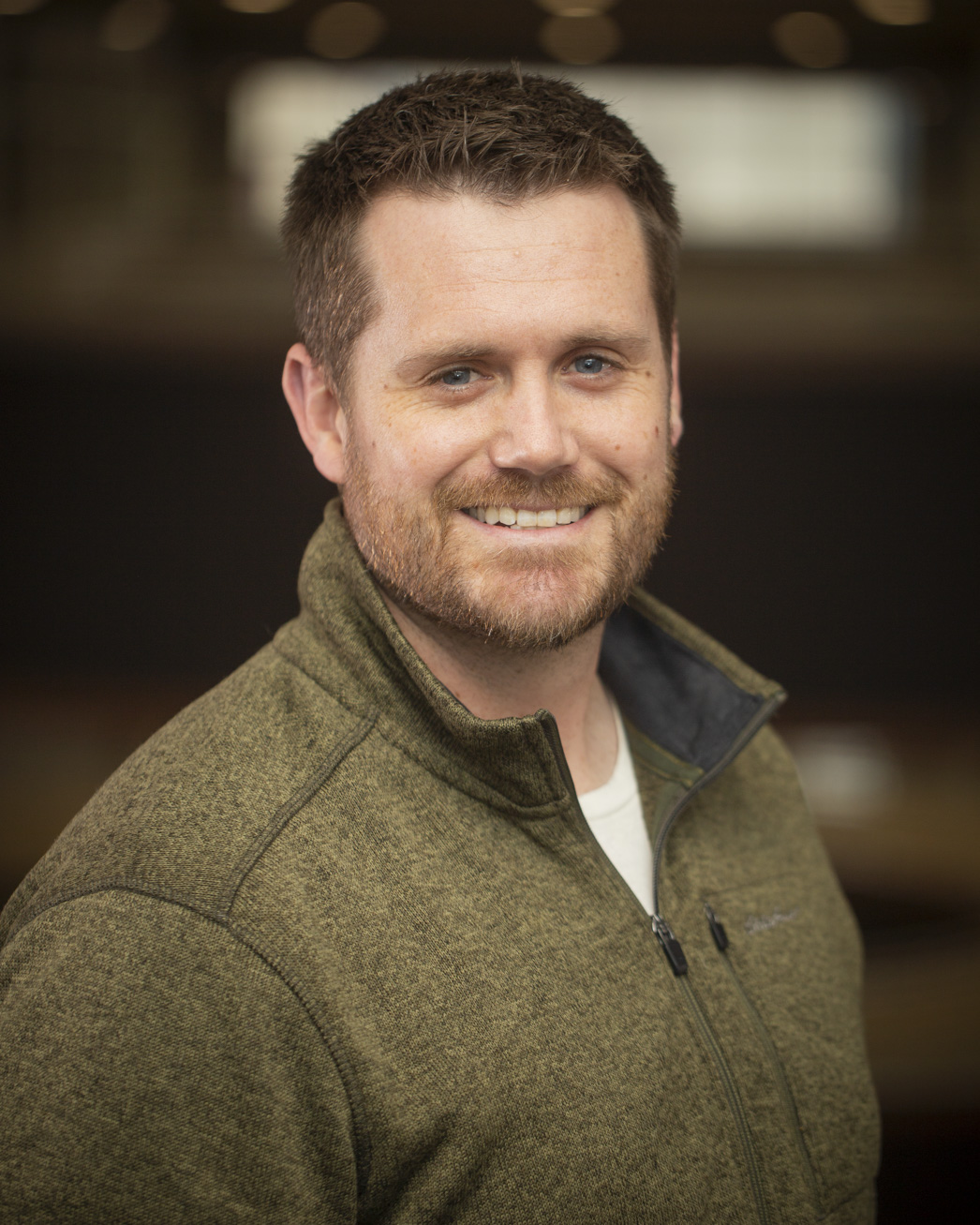 Dr. Armstrong is an Aquatic Biology Specialist for the Michigan Department of Environment, Great Lakes, and Energy (EGLE) and is the coordinator of Michigan’s Fish Contaminant Monitoring Program. This program assesses bioaccumulative contaminants in fish tissue from water bodies throughout the state and provides data to inform the fish consumption advisories issued by the Michigan Department of Health and Human Services’ Eat Safe Fish program. He is responsible for developing an annual monitoring plan, analyzing and interpreting fish contaminant data, and serving as EGLE’s liaison between various university, federal, state, tribal and provincial agency partners regarding chemical contaminants in fish.
Dr. Armstrong is an Aquatic Biology Specialist for the Michigan Department of Environment, Great Lakes, and Energy (EGLE) and is the coordinator of Michigan’s Fish Contaminant Monitoring Program. This program assesses bioaccumulative contaminants in fish tissue from water bodies throughout the state and provides data to inform the fish consumption advisories issued by the Michigan Department of Health and Human Services’ Eat Safe Fish program. He is responsible for developing an annual monitoring plan, analyzing and interpreting fish contaminant data, and serving as EGLE’s liaison between various university, federal, state, tribal and provincial agency partners regarding chemical contaminants in fish.
Mark Axelrod
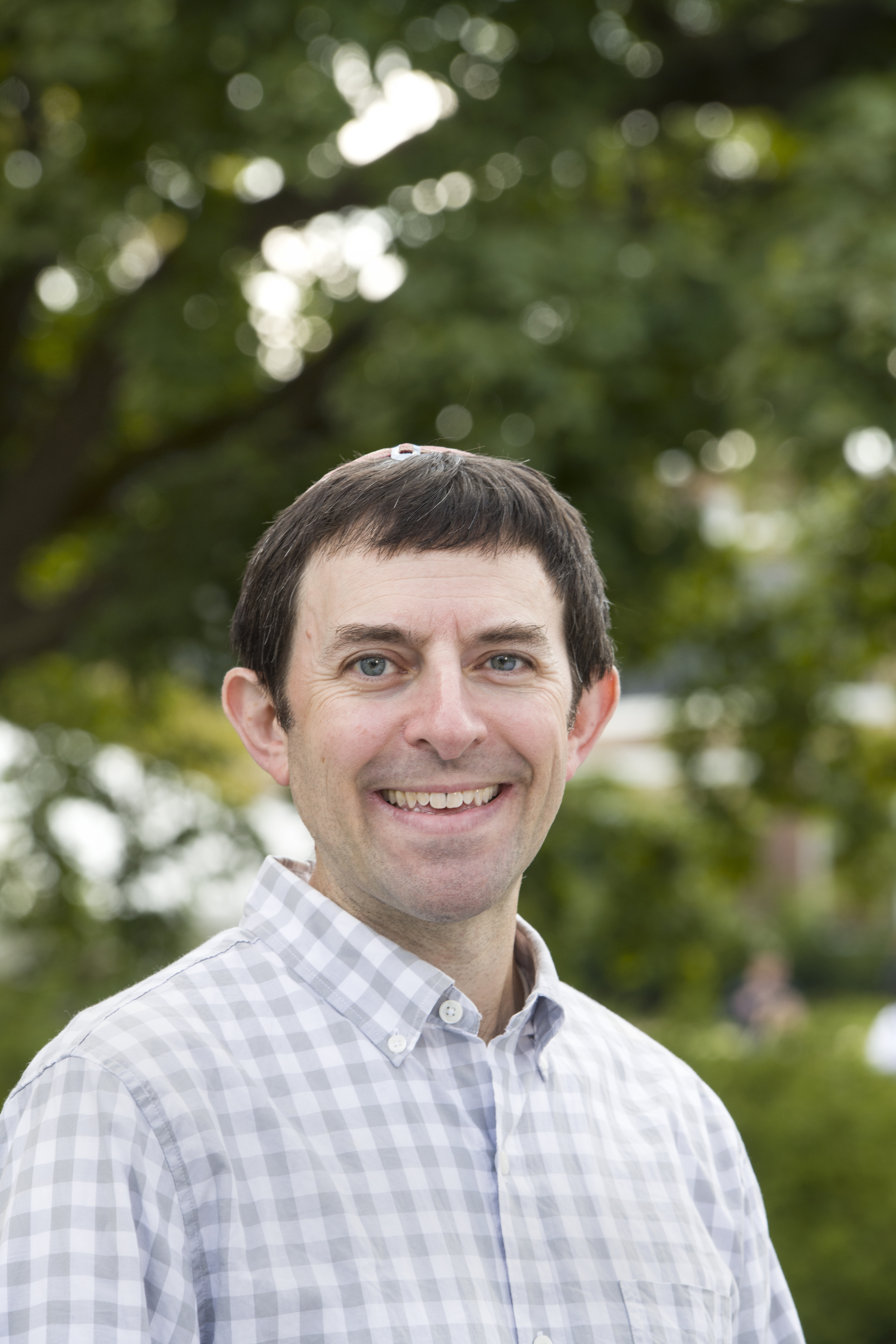 Mark Axelrod is jointly appointed in Michigan State University’s James Madison College (public affairs) and Department of Fisheries & Wildlife. His teaching and research address environmental governance at multiple scales, with a focus on justice outcomes. Ongoing research explores local implementation of international environmental principles, policy impacts of scientific uncertainty, and gendered impacts of marine fisheries policy, particularly in India. Axelrod’s recent publications appear in Earth System Governance, Sustainability, and International Journal of the Commons. He is Associate Editor for Global Environmental Politics, co-leader of Michigan Scholars Strategy Network, and member of the International Environmental Agreements Database Board of Contributors.
Mark Axelrod is jointly appointed in Michigan State University’s James Madison College (public affairs) and Department of Fisheries & Wildlife. His teaching and research address environmental governance at multiple scales, with a focus on justice outcomes. Ongoing research explores local implementation of international environmental principles, policy impacts of scientific uncertainty, and gendered impacts of marine fisheries policy, particularly in India. Axelrod’s recent publications appear in Earth System Governance, Sustainability, and International Journal of the Commons. He is Associate Editor for Global Environmental Politics, co-leader of Michigan Scholars Strategy Network, and member of the International Environmental Agreements Database Board of Contributors.
Sarah Balgooyen
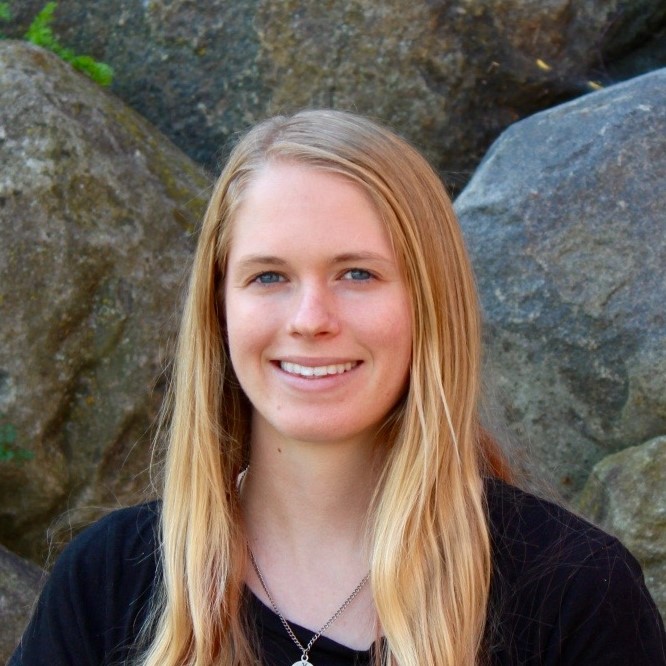 Sarah Balgooyen is a contracted research chemist at the USEPA's Great Lakes Toxicology and Ecology Division in Duluth, MN. She has a bachelor’s degree in chemistry from Michigan State University and a PhD in environmental chemistry from the University of Wisconsin-Madison. Her research for the last 5 years has looked closely at the fate and transport of PFAS in the Great Lakes basin, including tributary and groundwater movement, sediment sorption, and bioaccumulation in fish.
Sarah Balgooyen is a contracted research chemist at the USEPA's Great Lakes Toxicology and Ecology Division in Duluth, MN. She has a bachelor’s degree in chemistry from Michigan State University and a PhD in environmental chemistry from the University of Wisconsin-Madison. Her research for the last 5 years has looked closely at the fate and transport of PFAS in the Great Lakes basin, including tributary and groundwater movement, sediment sorption, and bioaccumulation in fish.
Raymond Basile
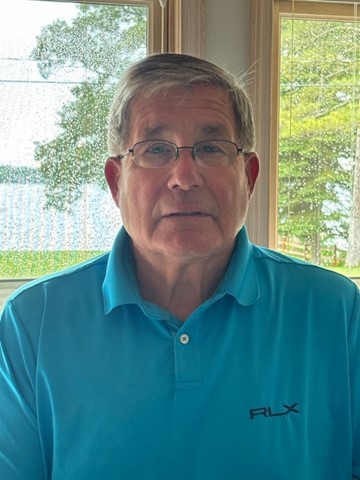.jpg?language_id=1)
I am a resident of Grayling Michigan and our family is celebrating over 90 years of living in our beautiful community . I recently retired as an Executive Manager for a national Financial Services Firm with over 45 years of industry experience. I am a proud member of the Grayling RAB board where I serve as the legislative liaison. I also serve on the Lake Margrethe Property Owners Association
Bryon Dahlgren
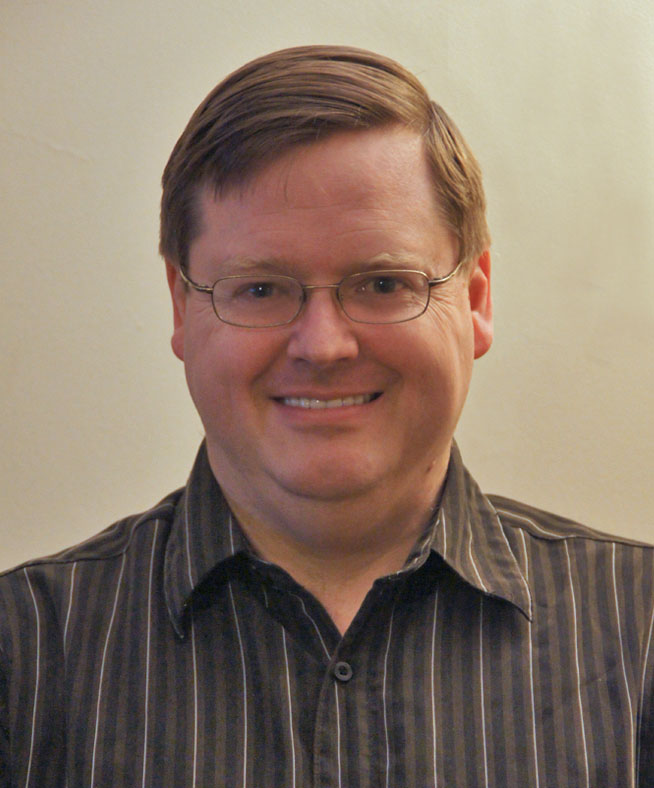 Mr. Dahlgren is an environmental engineer with 30 years of professional experience related to remediation of complex sites. Has managed numerous projects involving emerging contaminants, industrial disposal facilities, and diverse media and exposure pathways. He has degrees in chemical and environmental engineering from Ga Tech. Prior to joining Battelle, he was a project manager and lead engineer for a multimillion-dollar complex groundwater, seep, and surface water RD/RA project which crossed state boundaries. He has also managed a diverse program including numerous emerging contaminant sites across numerous states and diverse fate and exposure conditions.
Mr. Dahlgren is an environmental engineer with 30 years of professional experience related to remediation of complex sites. Has managed numerous projects involving emerging contaminants, industrial disposal facilities, and diverse media and exposure pathways. He has degrees in chemical and environmental engineering from Ga Tech. Prior to joining Battelle, he was a project manager and lead engineer for a multimillion-dollar complex groundwater, seep, and surface water RD/RA project which crossed state boundaries. He has also managed a diverse program including numerous emerging contaminant sites across numerous states and diverse fate and exposure conditions.
Carla Davidson
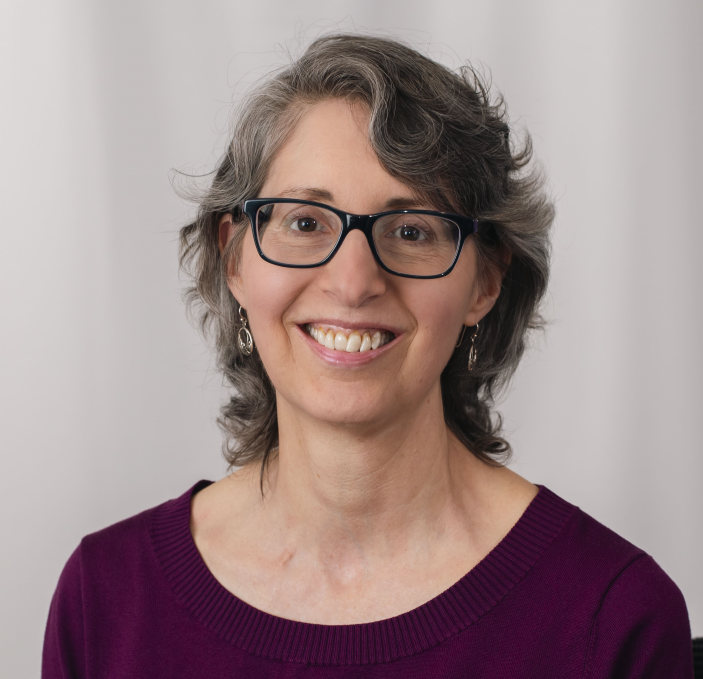 Carla Davidson is a Regional IPP PFAS Specialist with the Michigan Department of Environment, Great Lakes and Energy. Carla Davidson has worked for EGLE on surface water quality issues for 28 years, primarily in the National Pollutant Discharge Elimination System program and the Industrial Pretreatment Program (IPP). Carla has focused on PFAS issues associated with IPP and WWTPs on a regional basis for over 6 years. Carla holds Master of Science and undergraduate degrees from the University of Michigan.
Carla Davidson is a Regional IPP PFAS Specialist with the Michigan Department of Environment, Great Lakes and Energy. Carla Davidson has worked for EGLE on surface water quality issues for 28 years, primarily in the National Pollutant Discharge Elimination System program and the Industrial Pretreatment Program (IPP). Carla has focused on PFAS issues associated with IPP and WWTPs on a regional basis for over 6 years. Carla holds Master of Science and undergraduate degrees from the University of Michigan.
Danielle De Almeida Miranda
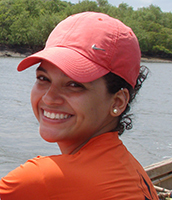 Daniele Miranda is a Research Assistant Professor focused on the presence, fate, and transport of organic contaminants in aquatic ecosystems. With over a decade of experience, Dr. Miranda has specialized in the study of Persistent Organic Pollutants (POPs). Since joining the University of Notre Dame in 2021, she has led several projects investigating PFAS bioaccumulation within Lake Michigan’s food webs, as well as exploring their interactions within environmental matrices. Recent research efforts have concentrated on understanding how PFAS affect fish microbiomes and identifying molecular biomarkers to assess the impacts of PFAS accumulation in fish tissues. Her work is supported by several funding sources, including the IDNR, USGS, the Great Lakes Fishery Trust (GLFT), and the Indiana-Illinois Sea Grant.
Daniele Miranda is a Research Assistant Professor focused on the presence, fate, and transport of organic contaminants in aquatic ecosystems. With over a decade of experience, Dr. Miranda has specialized in the study of Persistent Organic Pollutants (POPs). Since joining the University of Notre Dame in 2021, she has led several projects investigating PFAS bioaccumulation within Lake Michigan’s food webs, as well as exploring their interactions within environmental matrices. Recent research efforts have concentrated on understanding how PFAS affect fish microbiomes and identifying molecular biomarkers to assess the impacts of PFAS accumulation in fish tissues. Her work is supported by several funding sources, including the IDNR, USGS, the Great Lakes Fishery Trust (GLFT), and the Indiana-Illinois Sea Grant.
Gavin Dehnert

I received my undergraduate degree from the University of Miami (Florida) with a B.S. in marine science and B.S. in biology, with minors in mathematics and chemistry in 2015. I received my Ph.D. from the University of Wisconsin-Madison in integrated biology where I studied aquatic toxicology. Following Ph.D. I was a postdoctoral fellow with the Wisconsin Department of Health Services where I helped set recommended health groundwater standards including PFAS standards. Following the fellowship, I began as an Emerging contaminant Scientist with Wisconsin Sea Grant and the University of Wisconsin-Madison. As a scientist, I conduct research on the impacts of emerging contaminants (PFAS, Pesticides, Microplastics) on aquatic ecosystems.
Kevin Elliott
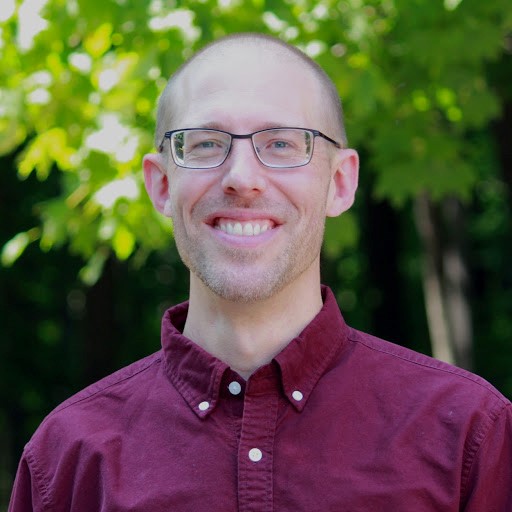 Kevin Elliott is a philosopher of science at Michigan State University who studies the role of values in science as well as a range of ethical issues associated with science and technology. He has authored a wide variety of books and journal articles, including Values in Science (Cambridge University Press, 2022) and A Tapestry of Values: An Introduction to Values in Science (Oxford University Press, 2017).
Kevin Elliott is a philosopher of science at Michigan State University who studies the role of values in science as well as a range of ethical issues associated with science and technology. He has authored a wide variety of books and journal articles, including Values in Science (Cambridge University Press, 2022) and A Tapestry of Values: An Introduction to Values in Science (Oxford University Press, 2017).
Jason Hoverman
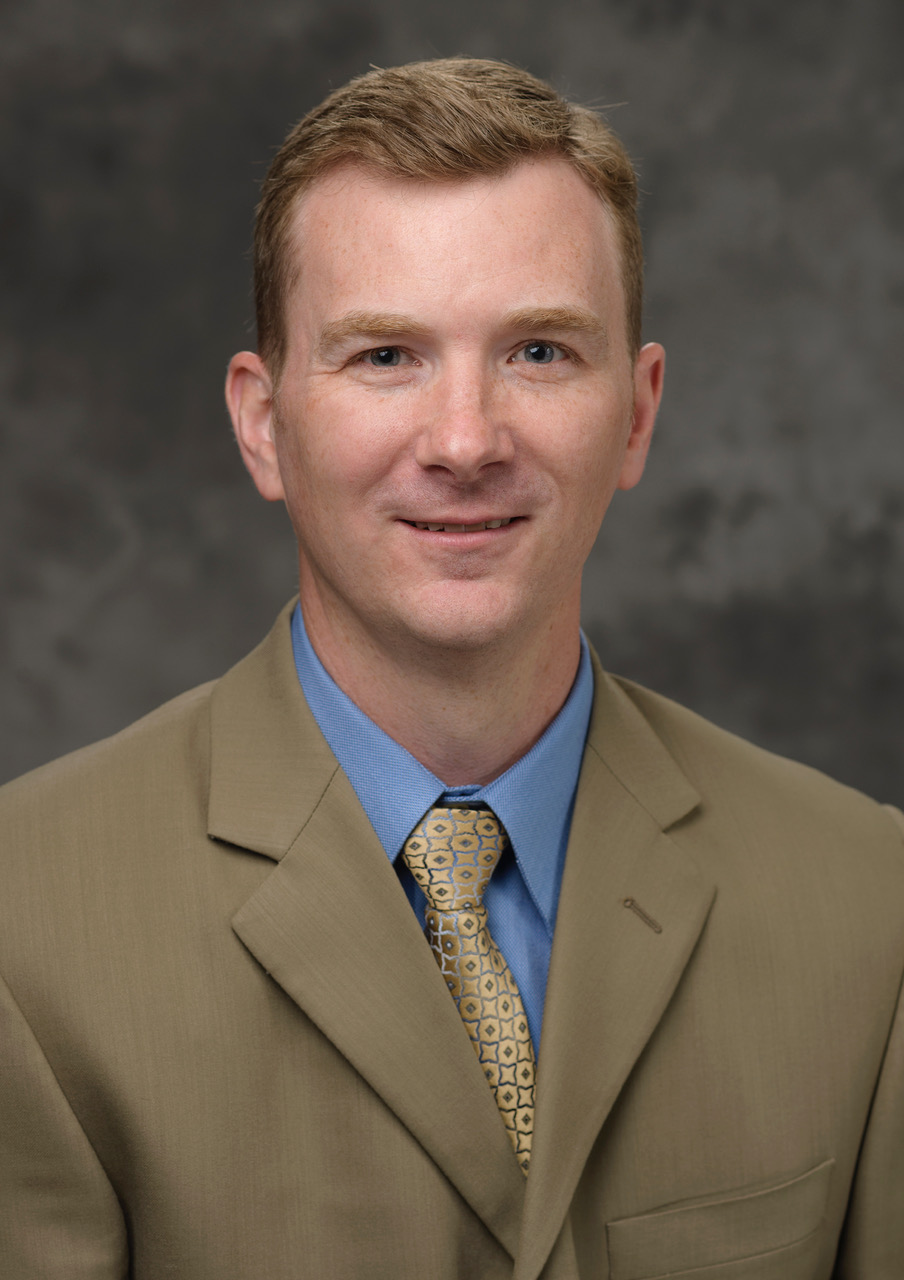.jpeg?language_id=1)
Jason Hoverman is a Professor in the Department of Forestry and Natural Resources at Purdue University. Since 2016, he was worked extensively to understand the effects of PFAS on freshwater aquatic communities. This work has included studies to assess: 1) bioaccumulation and depuration rates across different exposure routes, 2) adverse effects on growth and development, 3) interactive effects with pathogens, 4) toxic synergies associated with PFAS mixtures, and 5) toxicity of PFAS-free AFFF alternatives. Funding for his work has come from diverse sources including the Michigan DNR, USEPA, USGS, and DoD.
Rachel Leads
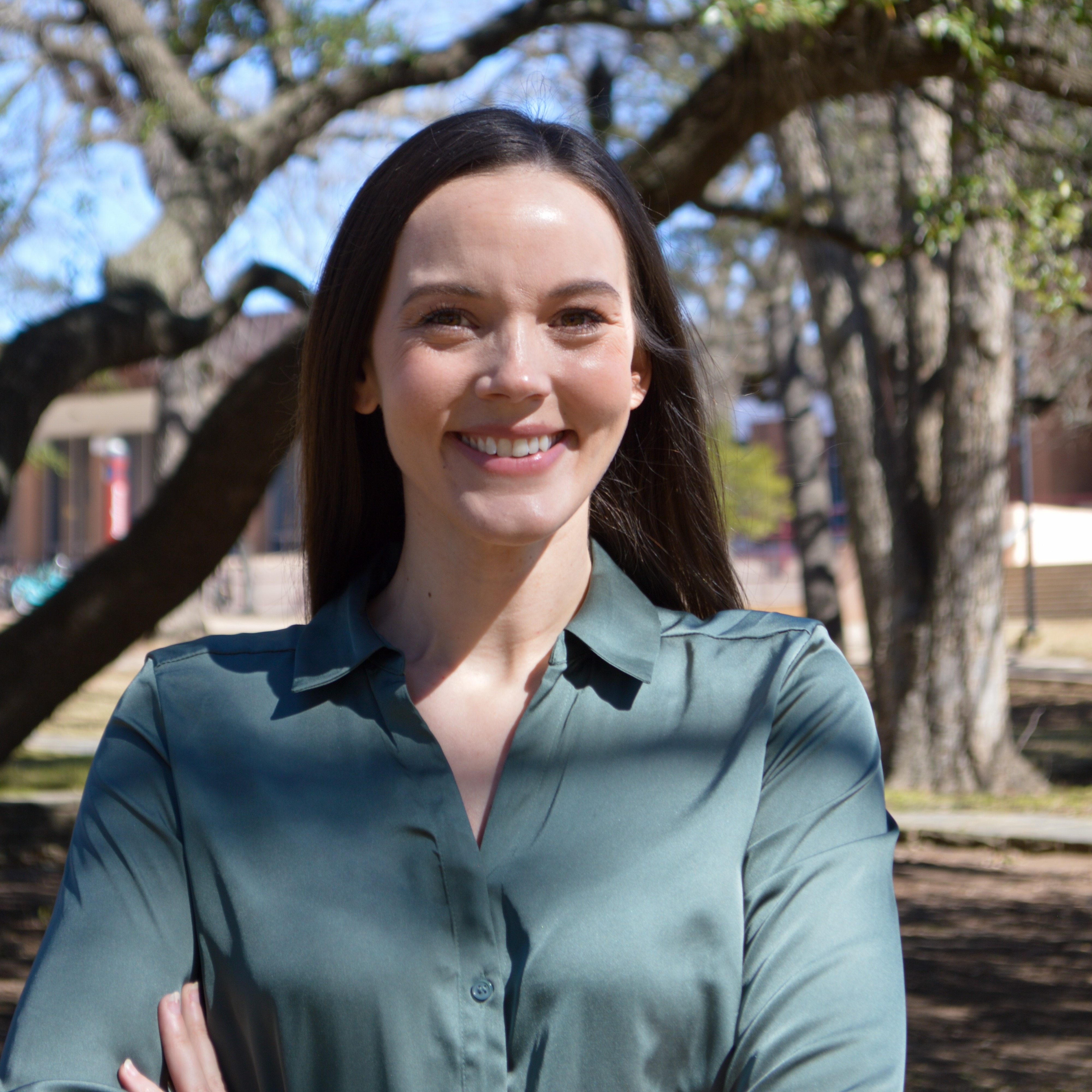 Rachel Leads is an aquatic toxicologist who studies the impacts of environmental contaminants in marine and freshwater ecosystems. She received her M.S. in Marine Biology from the College of Charleston where she studied the occurrence of microplastics in coastal South Carolina and the toxicity of microplastics to marine invertebrates. She then received her Ph.D. from the University of North Texas where she studied the impacts of crude oil exposure from oil spills on marine and freshwater fish. As a Research Associate in the Department of Fisheries and Wildlife at Michigan State University, Rachel’s current research investigates the impacts of per- and polyfluoroalkyl substances (PFAS) on native fish in the Great Lakes region. Overall, Rachel’s work uses both field and laboratory assessments to understand the mechanisms and impacts of contaminant exposure on aquatic organisms across multiple levels of biological organization, from molecular to whole-organism endpoints.
Rachel Leads is an aquatic toxicologist who studies the impacts of environmental contaminants in marine and freshwater ecosystems. She received her M.S. in Marine Biology from the College of Charleston where she studied the occurrence of microplastics in coastal South Carolina and the toxicity of microplastics to marine invertebrates. She then received her Ph.D. from the University of North Texas where she studied the impacts of crude oil exposure from oil spills on marine and freshwater fish. As a Research Associate in the Department of Fisheries and Wildlife at Michigan State University, Rachel’s current research investigates the impacts of per- and polyfluoroalkyl substances (PFAS) on native fish in the Great Lakes region. Overall, Rachel’s work uses both field and laboratory assessments to understand the mechanisms and impacts of contaminant exposure on aquatic organisms across multiple levels of biological organization, from molecular to whole-organism endpoints.
Linda Lee
Linda S. Lee is a Distinguished Professor at Purdue University with a joint appointment in the Colleges of Agriculture and Engineering. Her research focuses on chemical fate, analytical tools, waste reuse, and contaminant management strategies with PFAS challenges driving much of her research for the last two decades. She is well-published in top tier environmental journals. Her current research is funded by a diverse portfolio including USEPA, USDA, DOD, NSF, USGS, and WRF.
Jennifer Lee Johnson
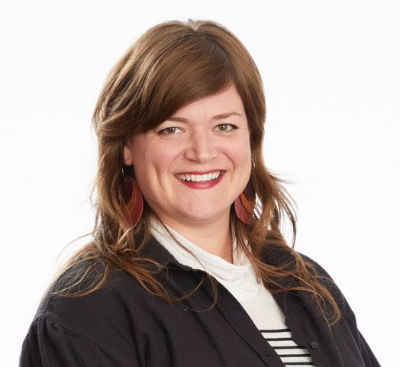
Dr. Jennifer Lee Johnson is an Associate Professor in the Department of Community Sustainability and Founder and Director of the Toxic Action Lab (www.toxicactionlab.org). Working alongside residents, resource managers, scientists, and the state, Johnson's research examines complex human-environmental interactions at the confluence of economic, ecological, and socio-political transformations. To date, she has developed her research program across two distinct sites – first, in Ugandan fisheries where she has maintained long-term fieldwork since 2007, and most recently, in small to mid-sized cities and towns in the US Midwest, where she has conducted community-engaged, action-oriented research on environmental contamination and health equity since early 2020.
Narasimhan Loganathan
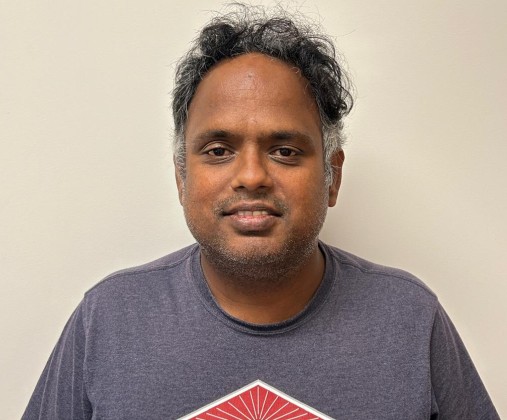 Dr. Narasimhan Loganathan is a computational scientist focused on understanding the fate and transport of contaminants of various origin in the environment and on human health. His research is also targeted to evaluate different materials for removing organic and inorganic contaminants from human and different natural settings. Some of the projects include PFAS remediation, safe disposal of radioactive waste, uremic toxins, carbon sequestration, enhanced oil and gas recovery. My expertise is relevant to three different aspects listed in the SRP document including environmental science/engineering, biomedical research and data science.
Dr. Narasimhan Loganathan is a computational scientist focused on understanding the fate and transport of contaminants of various origin in the environment and on human health. His research is also targeted to evaluate different materials for removing organic and inorganic contaminants from human and different natural settings. Some of the projects include PFAS remediation, safe disposal of radioactive waste, uremic toxins, carbon sequestration, enhanced oil and gas recovery. My expertise is relevant to three different aspects listed in the SRP document including environmental science/engineering, biomedical research and data science.
Scott Mabury
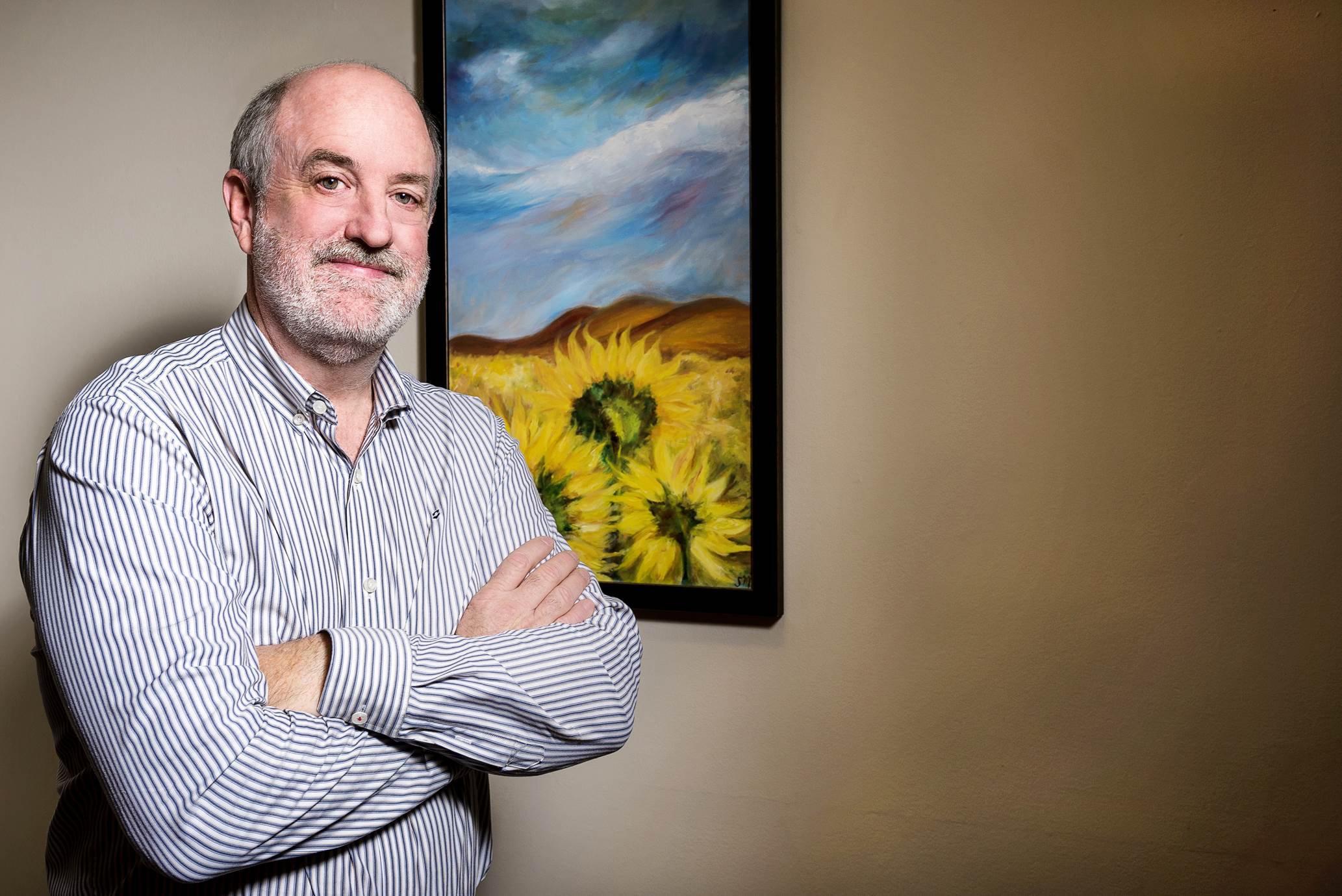
Kevin McHale

Kevin McHale is a Senior LC-MS Applications Scientist with Thermo Fisher Scientific. Starting his professional career in 1994 with DuPont Merck Pharmaceutical Company, Kevin helped implement “walk-up” LC-MS systems supporting synthetic medicinal chemists. In 1997, Kevin left to pursue his Ph.D. in Analytical Chemistry under the direction of Professor Richard Yost at the University of Florida. Kevin’s research focus was studying ion trap fundamentals and developing nanoLC-MS/MS techniques. Upon completion in 2002, Kevin joined Thermo Fisher Scientific as an LC-MS Marketing Specialist supporting the TSQ Quantum triple quadrupole MS. With over 22 years at Thermo Fisher, Kevin presently specializes in developing and evaluating methodology for quantitative LC-MS analyses of organic compounds on the TSQ and Orbitrap Exploris MS product lines, with particular focus on measurement of PFAS in various matrices.
Emma Meade
Emma Meade is a Life Scientist in the Water Division of Region 5 U.S. EPA since 2022. She received her M.S. in Freshwater Sciences from the University of Wisconsin-Milwaukee where she studied the ecotoxicology of emerging contaminants in fish development. Her work at EPA is within the National Pollutant Discharge Elimination System (NPDES) and pretreatment program, and she serves as a point of contact for PFAS regulatory issues in the Clean Water Act.
Rebecca Meuninck
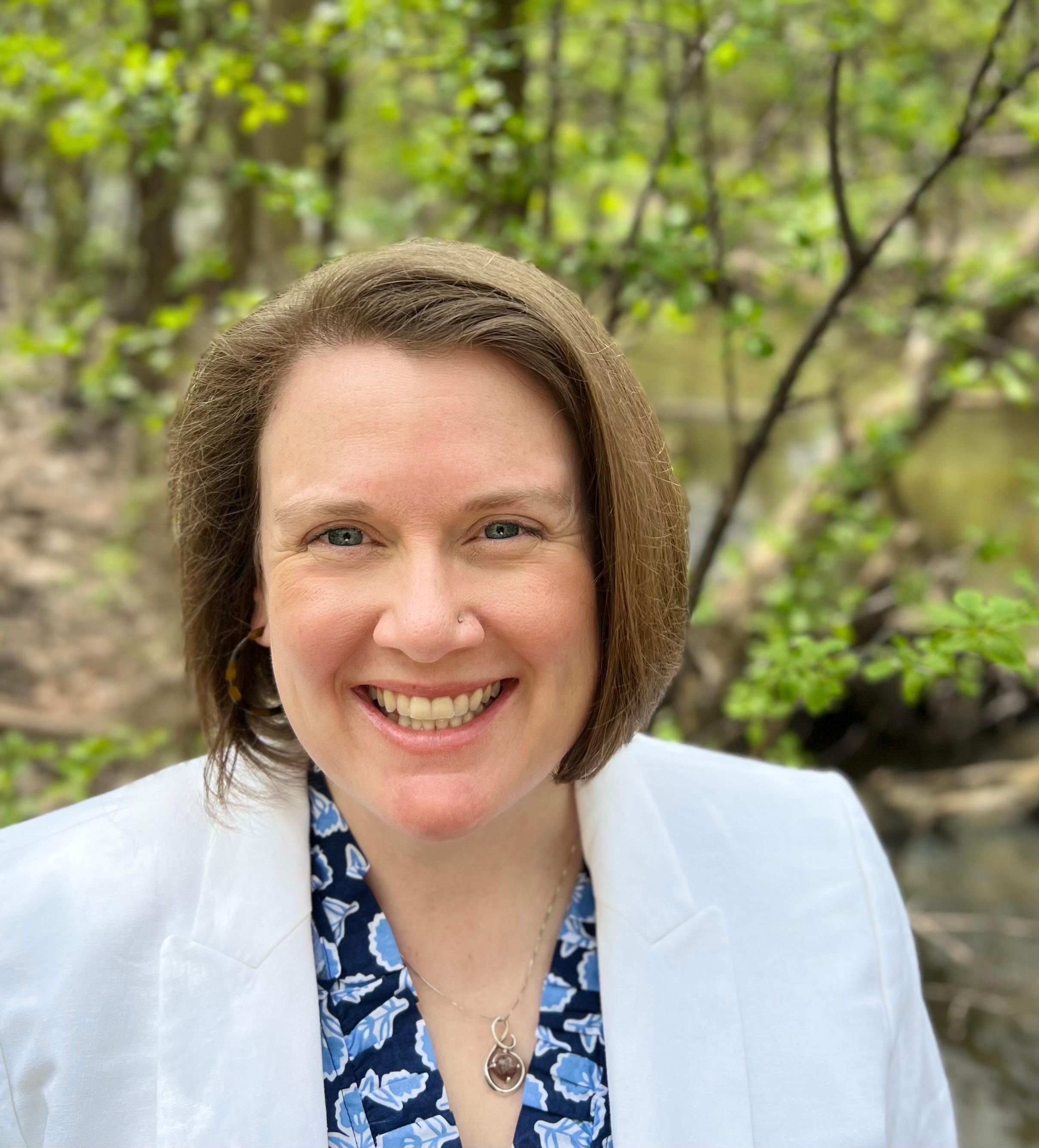 Rebecca Meuninck, Ph.D. is the Regional Executive Director of the National Wildlife Federation’s Great Lakes Regional Center. The regional office works with the National Wildlife Federation and other organizations in each of the Great Lakes states. Rebecca has worked for over 20 years leading campaigns and coalitions focused on chemical policy reform, clean water, and lead poisoning prevention. Much of her work has been focused on the Great Lakes region. She helped found the Great Lakes PFAS Action Network, the Great Lakes Lead Elimination Network, and led the Great Lakes Climate Adaptation Network Sustainable Procurement Workgroup. Rebecca prioritizes the concerns of community members disproportionately impacted by pollution and environmental degradation and has worked directly with PFAS-impacted residents and lead-impacted families across the region. Rebecca currently serves on the state of Michigan’s Child Lead Elimination Commission, and as co-chair of the Healing Our Waters coalition.
Rebecca Meuninck, Ph.D. is the Regional Executive Director of the National Wildlife Federation’s Great Lakes Regional Center. The regional office works with the National Wildlife Federation and other organizations in each of the Great Lakes states. Rebecca has worked for over 20 years leading campaigns and coalitions focused on chemical policy reform, clean water, and lead poisoning prevention. Much of her work has been focused on the Great Lakes region. She helped found the Great Lakes PFAS Action Network, the Great Lakes Lead Elimination Network, and led the Great Lakes Climate Adaptation Network Sustainable Procurement Workgroup. Rebecca prioritizes the concerns of community members disproportionately impacted by pollution and environmental degradation and has worked directly with PFAS-impacted residents and lead-impacted families across the region. Rebecca currently serves on the state of Michigan’s Child Lead Elimination Commission, and as co-chair of the Healing Our Waters coalition.
Pouyan Nejadhashemi
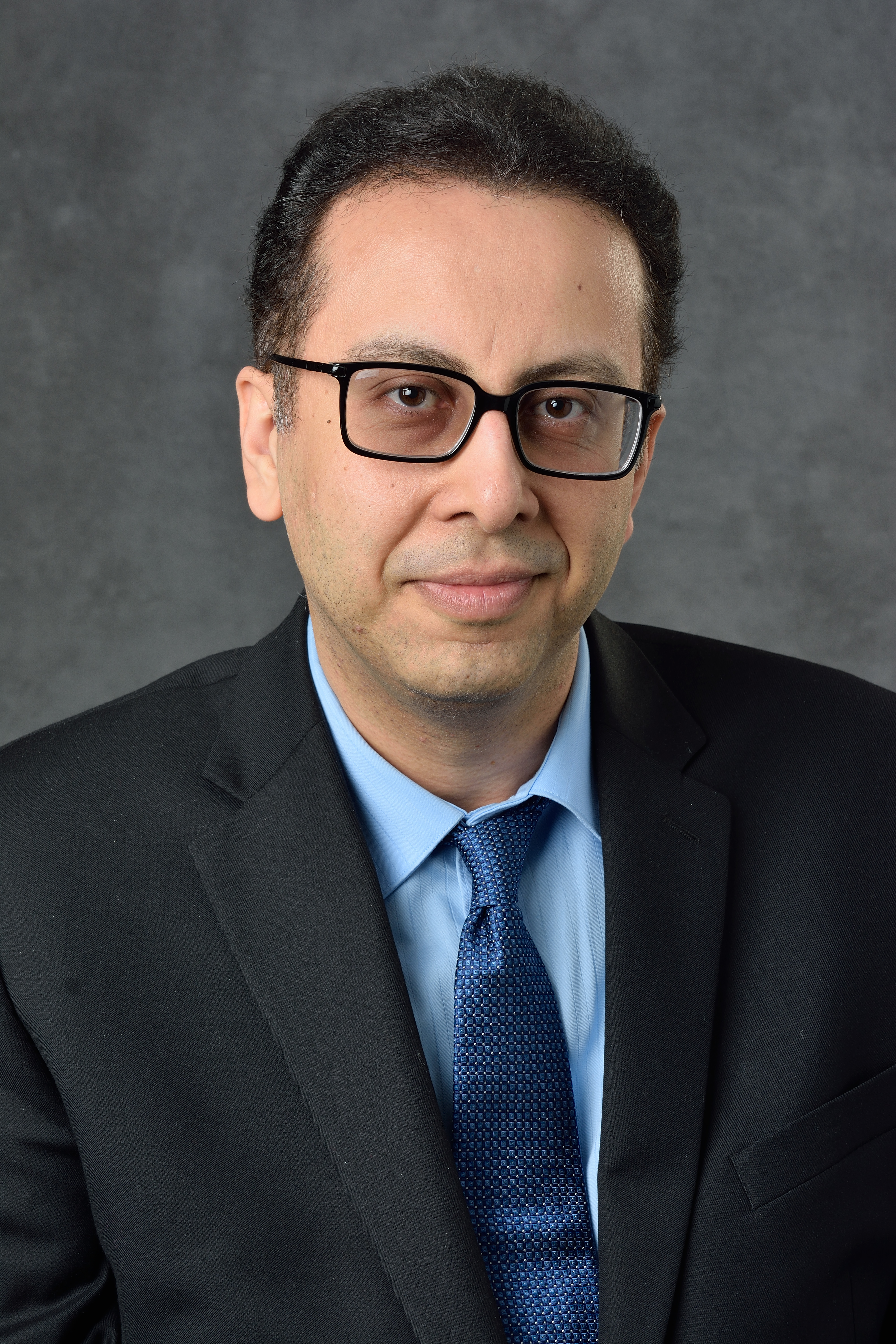 Pouyan Nejadhashemi is a Michigan State University Foundation Professor in the Department of Biosystems and Agricultural Engineering and the Department of Plant, Soil and Microbial Sciences. Additionally, he serves as the Center for Intelligent Water Resources Engineering Director and is the lead faculty member of the Decision Support and Informatics Unit. An established expert in water resource modeling, Nejadhashemi studies water distribution, movement, and quality across various environments to evaluate different water quality mitigation strategies to reduce water contamination. Nejadhashemi’s research team has been key to various national and international government agencies, helping foster informed decisions in water resource management and climate change mitigation strategies. He has served as the principal or co-principal investigator for various grants totaling over $43 million and has authored more than 150 peer-reviewed publications.
Pouyan Nejadhashemi is a Michigan State University Foundation Professor in the Department of Biosystems and Agricultural Engineering and the Department of Plant, Soil and Microbial Sciences. Additionally, he serves as the Center for Intelligent Water Resources Engineering Director and is the lead faculty member of the Decision Support and Informatics Unit. An established expert in water resource modeling, Nejadhashemi studies water distribution, movement, and quality across various environments to evaluate different water quality mitigation strategies to reduce water contamination. Nejadhashemi’s research team has been key to various national and international government agencies, helping foster informed decisions in water resource management and climate change mitigation strategies. He has served as the principal or co-principal investigator for various grants totaling over $43 million and has authored more than 150 peer-reviewed publications.
Ken Rosnack
 Ken Rosnack is a Principal Market Development Manager in the Research, Development, and Advanced Testings Group for Waters Corporation. His primary focus is PFAS within the Environmental & Food Markets where he is responsible for world-wide strategy implementation and performance. He maintains collaborations within regulatory agencies as well as with global industrial partners. Over his career, Ken has been primary author on numerous publications, been an invited speaker multi-nationally, and has presented at many conferences. He has been involved with MS for the past 40 years.
Ken Rosnack is a Principal Market Development Manager in the Research, Development, and Advanced Testings Group for Waters Corporation. His primary focus is PFAS within the Environmental & Food Markets where he is responsible for world-wide strategy implementation and performance. He maintains collaborations within regulatory agencies as well as with global industrial partners. Over his career, Ken has been primary author on numerous publications, been an invited speaker multi-nationally, and has presented at many conferences. He has been involved with MS for the past 40 years.
Amy Schultz
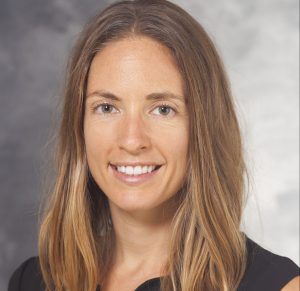.jpg?language_id=1)
Dr. Schultz has over 8 years of experience managing, coordinating, and directing population-based research studies, community-based research studies, and public health surveillance and biomonitoring projects with SHOW. She’s served as the Survey of Health of Wisconsin (SHOW)’s Associate Director, Research Scientist, and Ancillary Studies Manager. Dr. Schultz’s research interests are in understanding how one’s environment shapes their health across their lifespan. Her training is in environmental epidemiology. She uses over a decade of geographical information systems (GIS) expertise to examine spatial and contextual associations between environmental, social, and behavioral factors and health outcomes with a particular focus on health equity and rural health. Her prior research has focused on policy-relevant and translational research examining sources of air pollution and respiratory health outcomes among both adults and children. Her current work focuses on (1) measuring cumulative and longitudinal social, behavioral, and environmental factors and examining their associations with aging.
Marisol Sepulveda
Dr. María Soledad (Marisol) Sepúlveda is Professor of Ecotoxicology at Purdue University, West Lafayette, Indiana. She obtained her Veterinary Medical degree at the University of Chile, Santiago, Chile; her master's degree from the University of Florida, Gainesville, Florida (Wildlife Ecology); and her PhD at the same University (Veterinary Sciences/Toxicology). Over the past 25 years, Dr. Sepulveda has conducted extensive research assessing the sublethal effects of a wide range of pollutants on numerous aquatic species. Specifically, Dr. Sepulveda's research has focused on understanding the effects of pollutants on reproduction and development in early life. Dr. Sepúlveda has published more than 175 articles and has presented her research at multiple national and international conferences.
Christian Smith
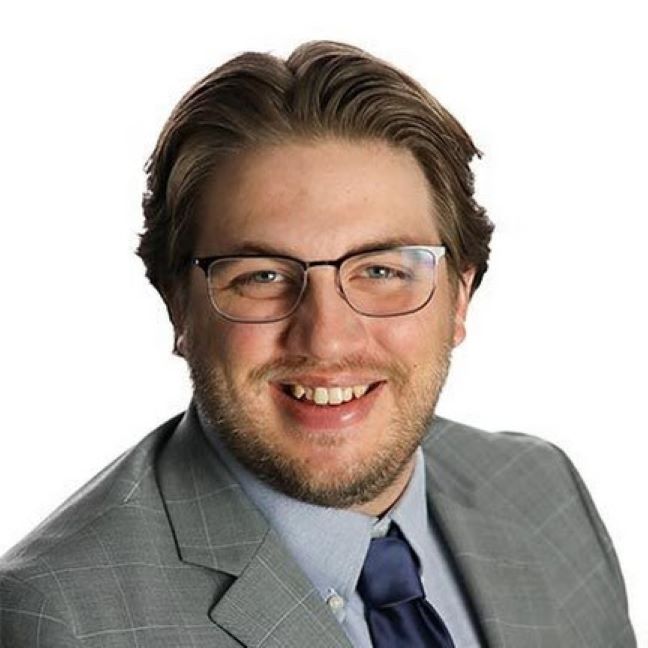 Christian earned his Bachelor of Science in Microbiology from Michigan State University in 2018, followed by a Master of Science in Biological Sciences from Western Michigan University in 2022. He is currently employed within the Water Resources Division of the Michigan Department of Environment, Great Lakes, and Energy, serving in the Emerging Pollutants Section. His role includes acting as the statewide contact for PFAS in Biosolids and providing source identification and reduction support for non-industrial pretreatment program wastewater treatment plants affected by PFAS.
Christian earned his Bachelor of Science in Microbiology from Michigan State University in 2018, followed by a Master of Science in Biological Sciences from Western Michigan University in 2022. He is currently employed within the Water Resources Division of the Michigan Department of Environment, Great Lakes, and Energy, serving in the Emerging Pollutants Section. His role includes acting as the statewide contact for PFAS in Biosolids and providing source identification and reduction support for non-industrial pretreatment program wastewater treatment plants affected by PFAS.
Tony Spaniola
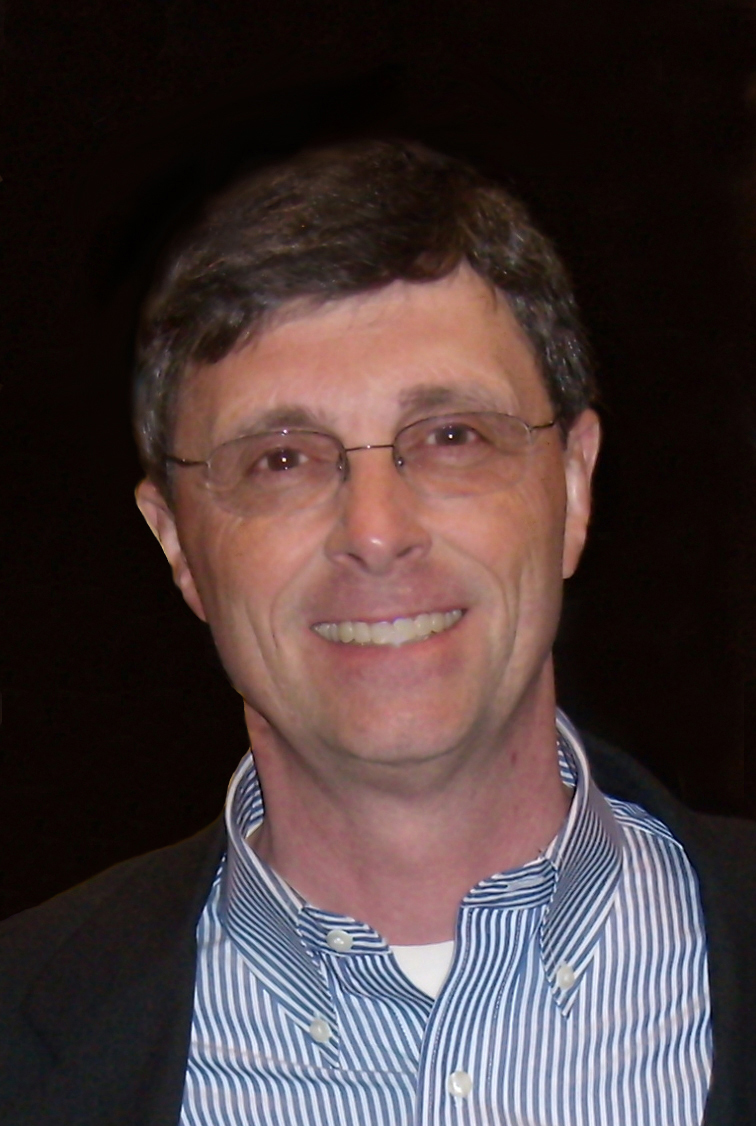 Tony Spaniola is a southeast Michigan attorney who became a leading national PFAS advocate after learning that his family’s home in Oscoda is located in the “zone of concern” for PFAS contamination from the former Wurtsmith Air Force Base, the first reported U.S. military PFAS site in the world and the first reported PFAS site of any type in Michigan. Tony is a Co-Founder and Co-Chair of the Great Lakes PFAS Action Network, and a Co-Founder of the Need Our Water (NOW) community action group in Oscoda. Among his work, Tony has presented at the White House Water Summit, the National Academy of Sciences and in the United States Senate. He has appeared in three PFAS film documentaries and has championed a number of successful policy initiatives at the state and federal levels, including an “interim action” cleanup strategy adopted as a national policy directive by the Pentagon last year.
Tony Spaniola is a southeast Michigan attorney who became a leading national PFAS advocate after learning that his family’s home in Oscoda is located in the “zone of concern” for PFAS contamination from the former Wurtsmith Air Force Base, the first reported U.S. military PFAS site in the world and the first reported PFAS site of any type in Michigan. Tony is a Co-Founder and Co-Chair of the Great Lakes PFAS Action Network, and a Co-Founder of the Need Our Water (NOW) community action group in Oscoda. Among his work, Tony has presented at the White House Water Summit, the National Academy of Sciences and in the United States Senate. He has appeared in three PFAS film documentaries and has championed a number of successful policy initiatives at the state and federal levels, including an “interim action” cleanup strategy adopted as a national policy directive by the Pentagon last year.
Louise Stevenson
Dr. Louise Stevenson is an environmental toxicologist and quantitative ecologist. She studies the impact of contaminants on aquatic organisms by combining empirical and theoretical techniques to understand the effect of chemicals on individuals using suborganismal (e.g. genetic) information, explain the bioenergetic basis of individual-level effects, and predict population-level implications of exposure. She has studied emerging (PFAS, nanomaterials) and legacy (heavy metals, PCBs, coal ash) contaminants, along with the effects of environmental remediation technologies and novel ecofriendly compounds. At ORNL, she is the Principal Investigator of the Environmental Toxicology Lab and leads a task in the Mercury Technology Development Program focused on decreasing mercury concentrations in fish in a local impacted stream, along with other projects. Before joining ORNL, she was an Assistant Professor in Biological Sciences at Bowling Green State University. She completed her PhD in Ecology, Evolution and Marine Biology at the University of California, Santa Barbara in 2016.
Mark Strynar
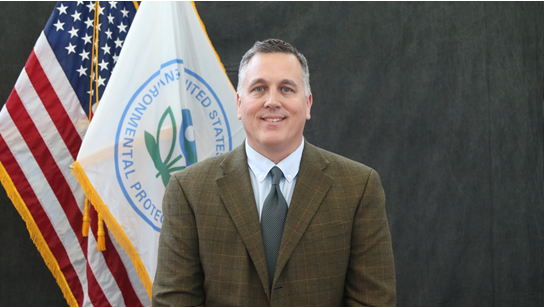
Mark Strynar is a Senior Physical Scientist (ST) in the Center for Environmental Measurement and Modeling within the Office of Research and Development of the U.S, EPA since 2002. His research interests include the use of high-resolution mass spectrometry (HRMS) to investigate the fate and transport of per and poly fluorinated compounds (PFAS) and other xenobiotic compounds in biological and environmental media. Additionally, he is interested in novel compound discovery in environmental media and development of analytical methods for unique biomarkers of exposure to chemicals that are useful for toxicology or human epidemiological studies.
Marta Venier
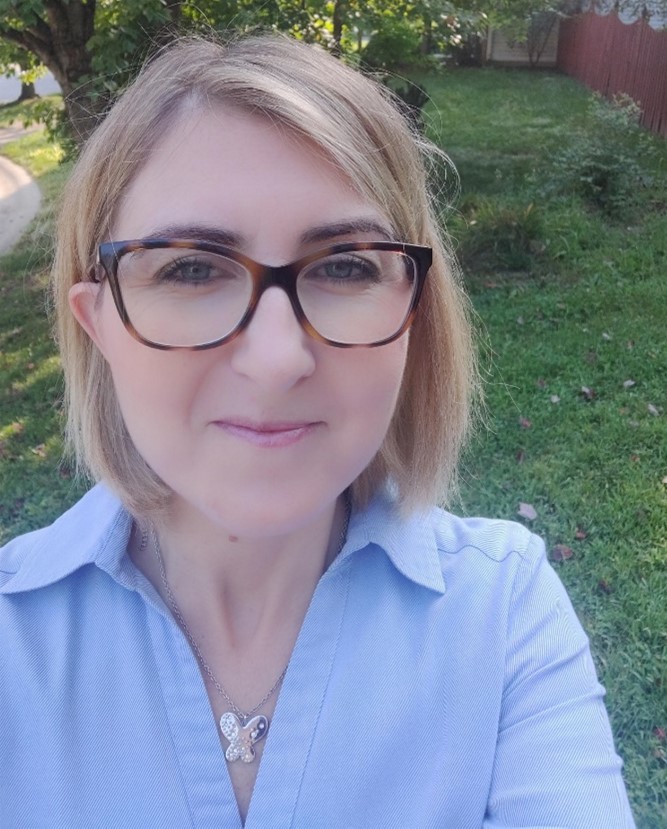
Marta Venier is an environmental chemist and Assistant Professor at the Paul O’Neill School of Public and Environmental Affairs at Indiana University in Bloomington, Indiana. In her research she employs analytical chemistry and mass spectrometry techniques to study the fate, transport, and behavior of persistent organic pollutants including both legacy and emerging pollutants in the indoor and outdoor environment and in consumer products. Since November 2019, she has been leading the Integrated Atmospheric Deposition Network (IADN), a monitoring program funded by the U.S. Environmental Protection Agency.
Kathryn Walker
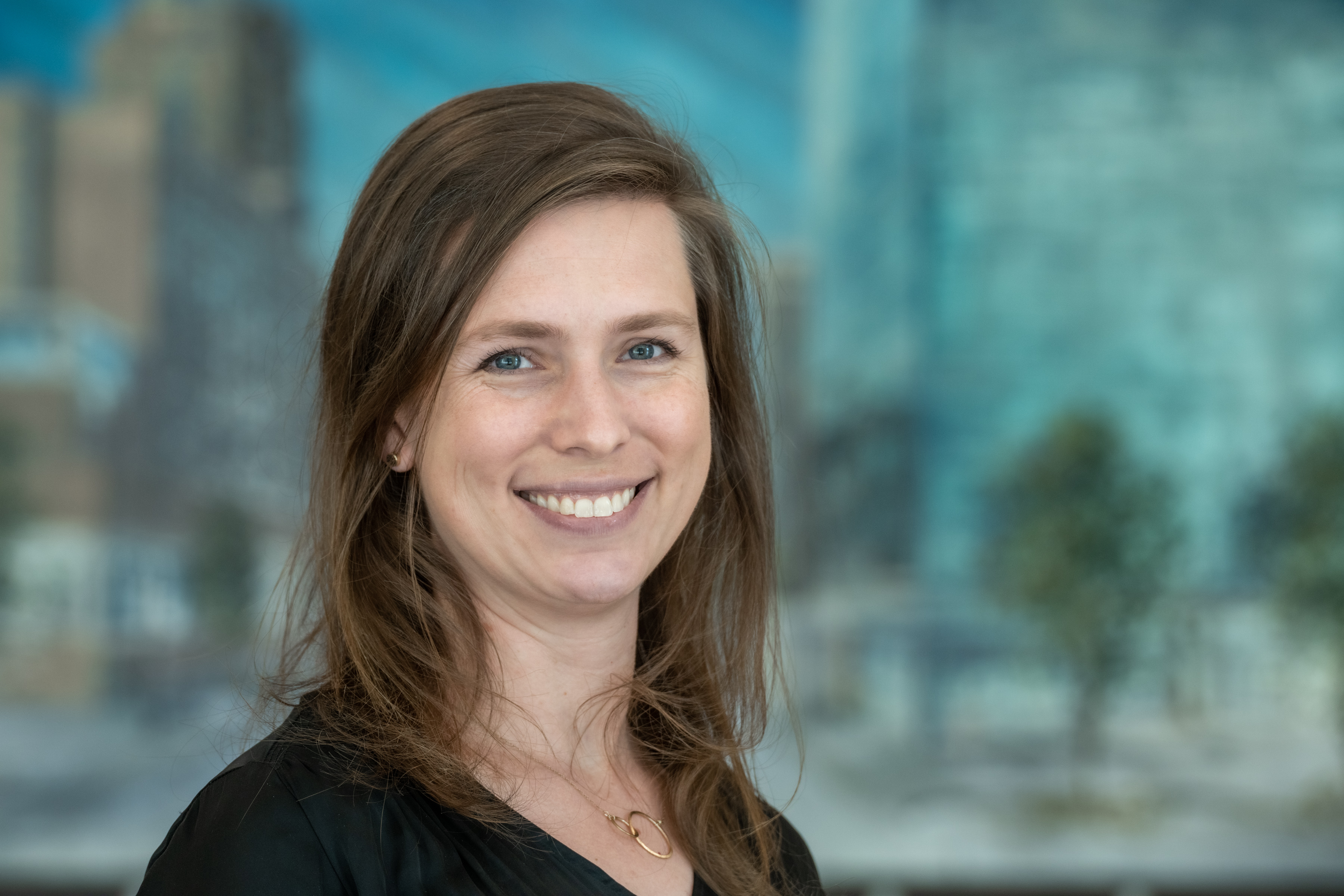 For almost the past four years, Katie has worked extensively with a variety of drinking water municipalities in determining a path forward for future PFAS treatment compliance. This experience includes PFAS characterization and bench- and pilot-scale studies, and she has been involved in the design of PFAS treatment systems including GAC contactors, IX pressure vessels, and high-pressure membranes. Katie’s current focus is on addressing areas of future PFAS regulations, such as residual streams. She is currently managing a project that involves substantial piloting of concentrate treatment strategies, including foam fractionation and destruction, for RO waste laden with PFAS and other emerging contaminants.
For almost the past four years, Katie has worked extensively with a variety of drinking water municipalities in determining a path forward for future PFAS treatment compliance. This experience includes PFAS characterization and bench- and pilot-scale studies, and she has been involved in the design of PFAS treatment systems including GAC contactors, IX pressure vessels, and high-pressure membranes. Katie’s current focus is on addressing areas of future PFAS regulations, such as residual streams. She is currently managing a project that involves substantial piloting of concentrate treatment strategies, including foam fractionation and destruction, for RO waste laden with PFAS and other emerging contaminants.
Sandy Wynn-Stelt
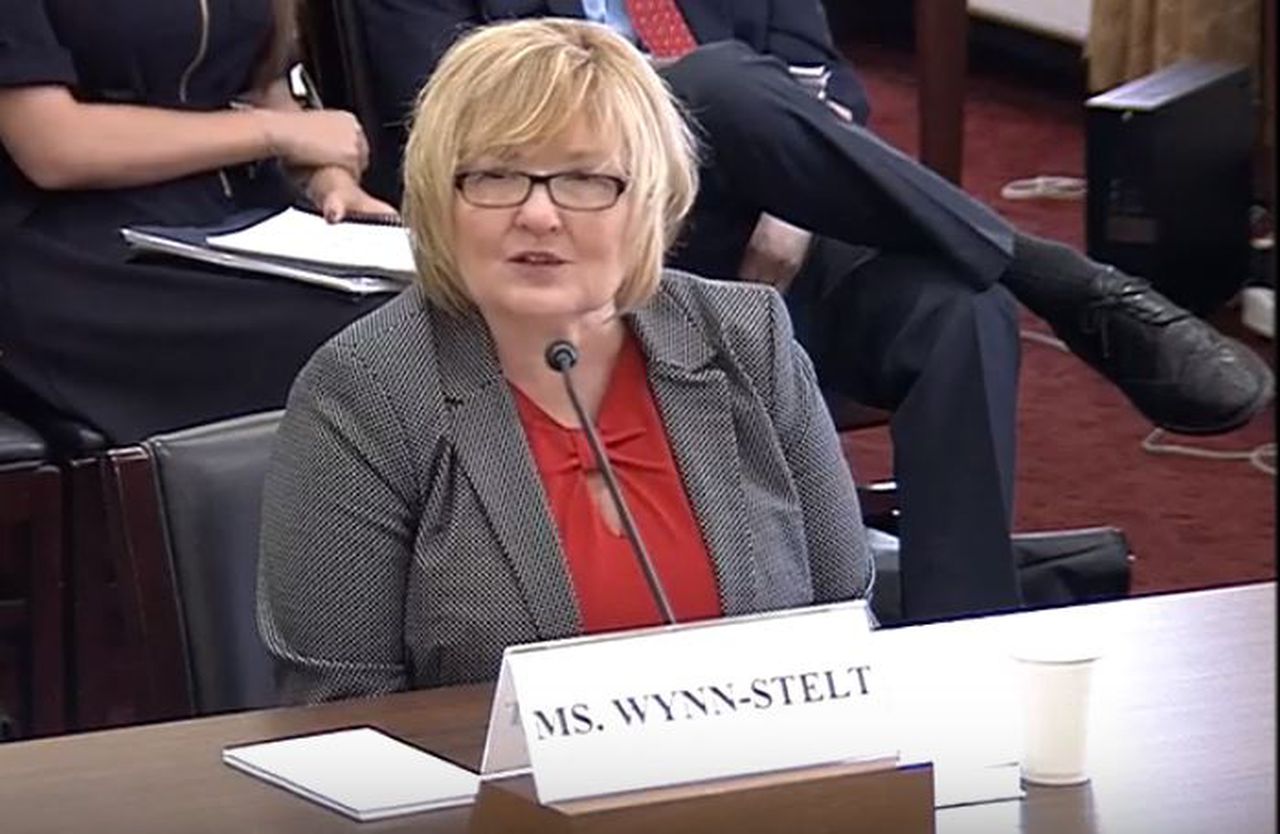 Sandy Wynn-Stelt, and her husband, Joel moved into their Belmont home in 1992, in what they thought was the perfect location. They did not know that the Christmas tree farm directly across the street was a dump site which Wolverine Worldwide had previously used to dispose their tannery waste including Scotch Guard. In 2016, Sandy’s husband Joel died of liver cancer after a brief and unexpected illness. A year later, Sandy learned that the well water has been contaminated with PFAS and related compounds at some of the highest levels found in drinking water. Later that year, her blood level was found to be at 5 million ppt. Since that time, she has become an advocate, asking that action be taken to prevent this from occurring in other communities. Recognizing the impact that PFAS contamination has had on communities, she has worked to form the Great Lakes PFAS Action Network and is the co-chair along with Tony Spaniola.
Sandy Wynn-Stelt, and her husband, Joel moved into their Belmont home in 1992, in what they thought was the perfect location. They did not know that the Christmas tree farm directly across the street was a dump site which Wolverine Worldwide had previously used to dispose their tannery waste including Scotch Guard. In 2016, Sandy’s husband Joel died of liver cancer after a brief and unexpected illness. A year later, Sandy learned that the well water has been contaminated with PFAS and related compounds at some of the highest levels found in drinking water. Later that year, her blood level was found to be at 5 million ppt. Since that time, she has become an advocate, asking that action be taken to prevent this from occurring in other communities. Recognizing the impact that PFAS contamination has had on communities, she has worked to form the Great Lakes PFAS Action Network and is the co-chair along with Tony Spaniola.



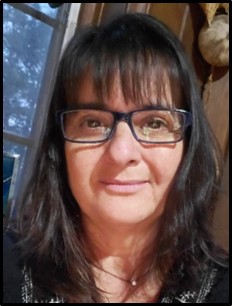
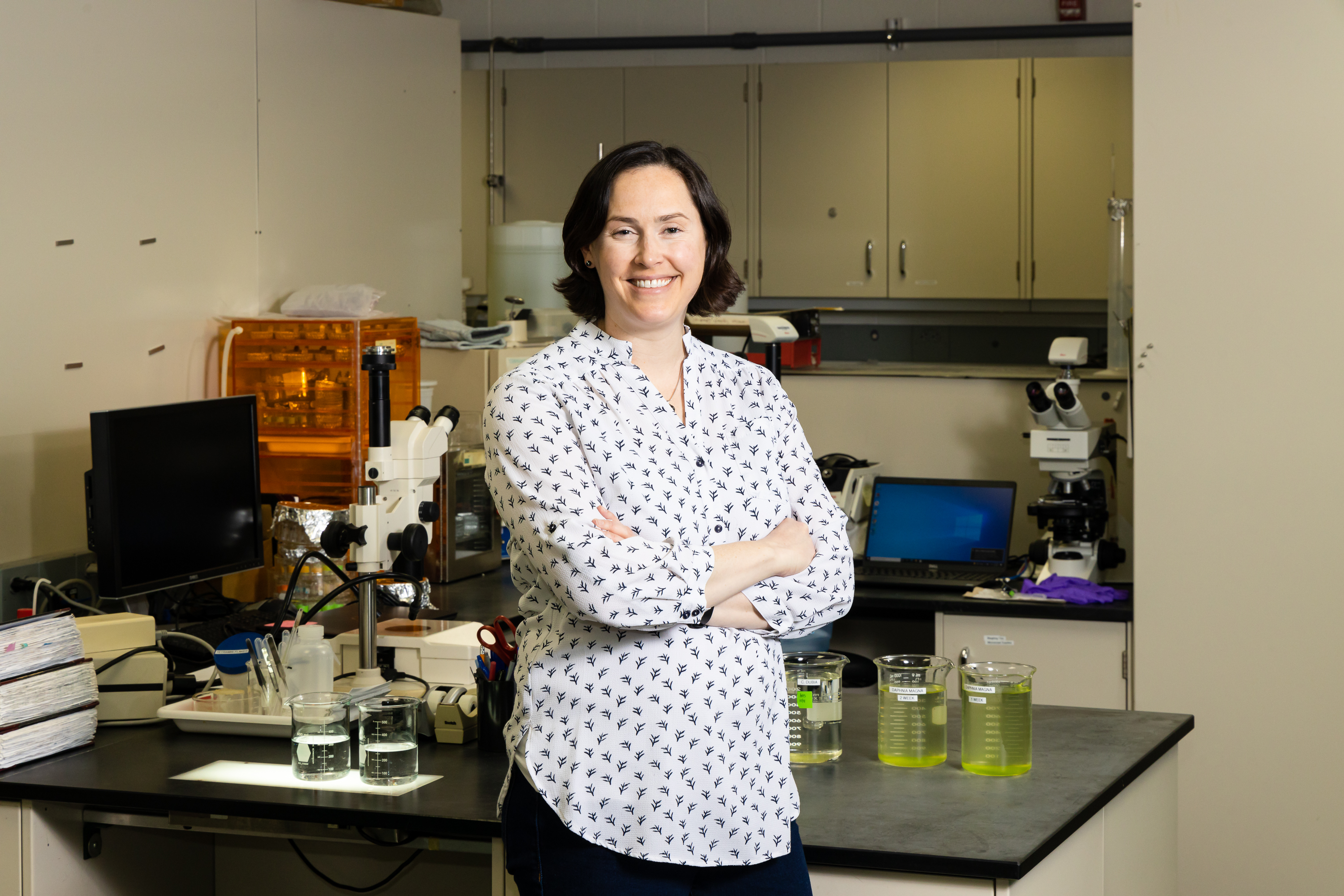
 Print
Print Email
Email